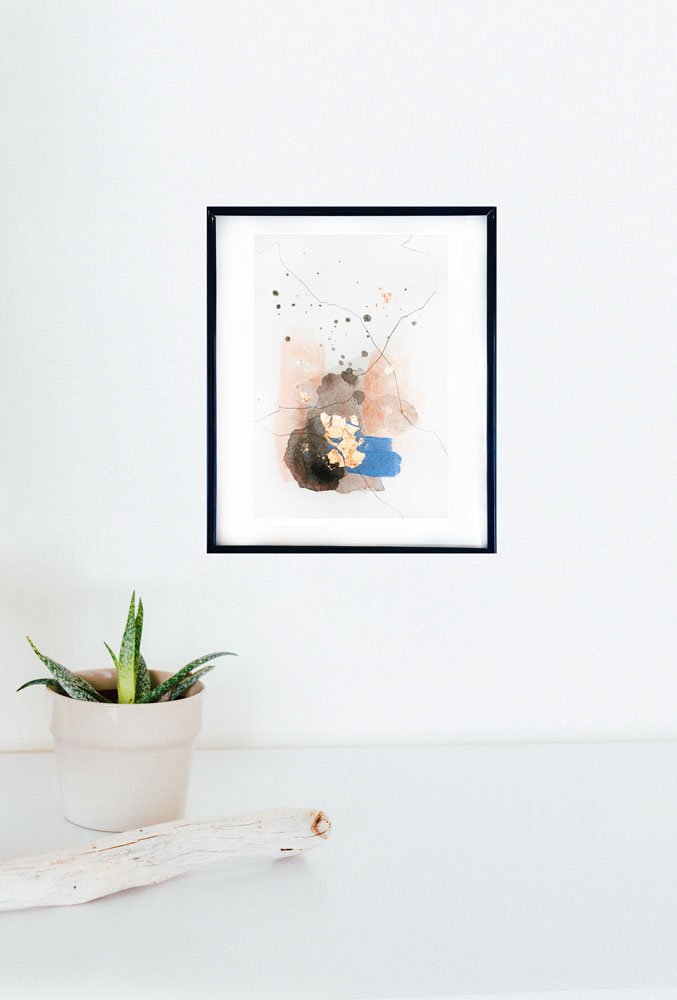What does it all mean?!?
I often get emails or comments from collectors, potential collectors, or collaborators who ask for one thing and confuse me when they describe it and mean another.
I’ll give you an example. I recently got an email from someone asking for a print, but she didn’t want it to look exactly like the other piece she liked. She wanted me to change the colors and move some lines around and send her the print.
There is a lot about this that confused me. First of all, I do not do custom prints, I get a lot of requests for custom prints, but it’s just not something I offer right now. Secondly, she was asking for a custom painting (for me to “change the colors” that’s a different painting) and when she was saying “Print” she meant “work on paper” because the piece she liked that she wanted changed was a work on paper.
I get a lot of requests for “custom prints” when people really mean is they want a custom original painting. So by way of education here are some terms so we can all communicate better and we can all get what we want with fewer headaches! Ready? Let’s begin!
Terms:
- Original
An original is a one of a kind piece. Every painting has an original. It’s the first one the artist made. Originals can be scanned and made into prints via a printer but originals are one of a kind made only by the artists hand and only one exists. Here’s an example, Monet’s painting Meule last sold at auction for $81,447,500. No that’s not a typo, the painting is worth over 81 million dollars. That is the purchase of the original work of art. It’s an original because it’s the original oil he painted with, his hands were the only ones who made the strokes, there is only one of that painting in existence. When I refer to my own originals I usually mean “works on canvas,” which I will explain soon.
 Monet’s painting Meule
Monet’s painting Meule - Prints
A print is a reproduction of a painting. Today you can take a high resolution photo or a high resolution scan and reproduce any work of art at a much lower cost and time. You can make as many prints as you want if you own the copyright or have a license to print from the artist. That last part is essential, as it is illegal to take a photo from a artist and make prints of their work. It’s called stealing. So! you could get a print of Monet’s exact same painting Meule, for a $20 online. Originals are much more valuable and increase in value over time. Prints can be prints on canvas, on metal, on wood, on paper on home goods or other products, prints can be literally “printed” on almost anything. And here is where people get confused! - Works on Paper
This is probably where people run into the most confusion. Works on paper is another way of saying an original. Just because the surface isn’t canvas, doesn’t mean it’s not an original. Almost every time I show a picture of a “work on paper” I almost always get a comment from someone, “Oh I love that print!” When it’s actually an original. I think the confusion is that when people think of art prints, they usually think of something printed on paper. I think most people know that it’s an original on paper (at least I hope so). Artists will often specify what an original is made on so that people know what surface was used. Works on paper are most often confused with prints, although prints can be printed on canvas, wood, or literally anything else. - Works on Canvas
Works on canvas are original works of art on a cloth canvas, usually these works are stretched around a wooden or metal frame and painted upon. These are what most people think of when they think of a painting. - Works on Panel
A work on Panel is a work of art on wood panel. Paint responds to surfaces differently and different artists sometimes prefer the look and feel of wood over canvas, it’s really all matter of preference.
There are a million things you can paint on so I’m not going to over everything! But when you hear these terms, or if you need to use these terms when commissioning art now you know what to ask for!
If you learned something in this post please share it with your friends or on social media. Follow me on Instagram @christineolmstead Pinterest @christineolmstead Facebook @ceolmstead



Comments
Thank you for the clarification. I thought works on paper wasn’t an original like so many people. It certainly helps when searching for an original.